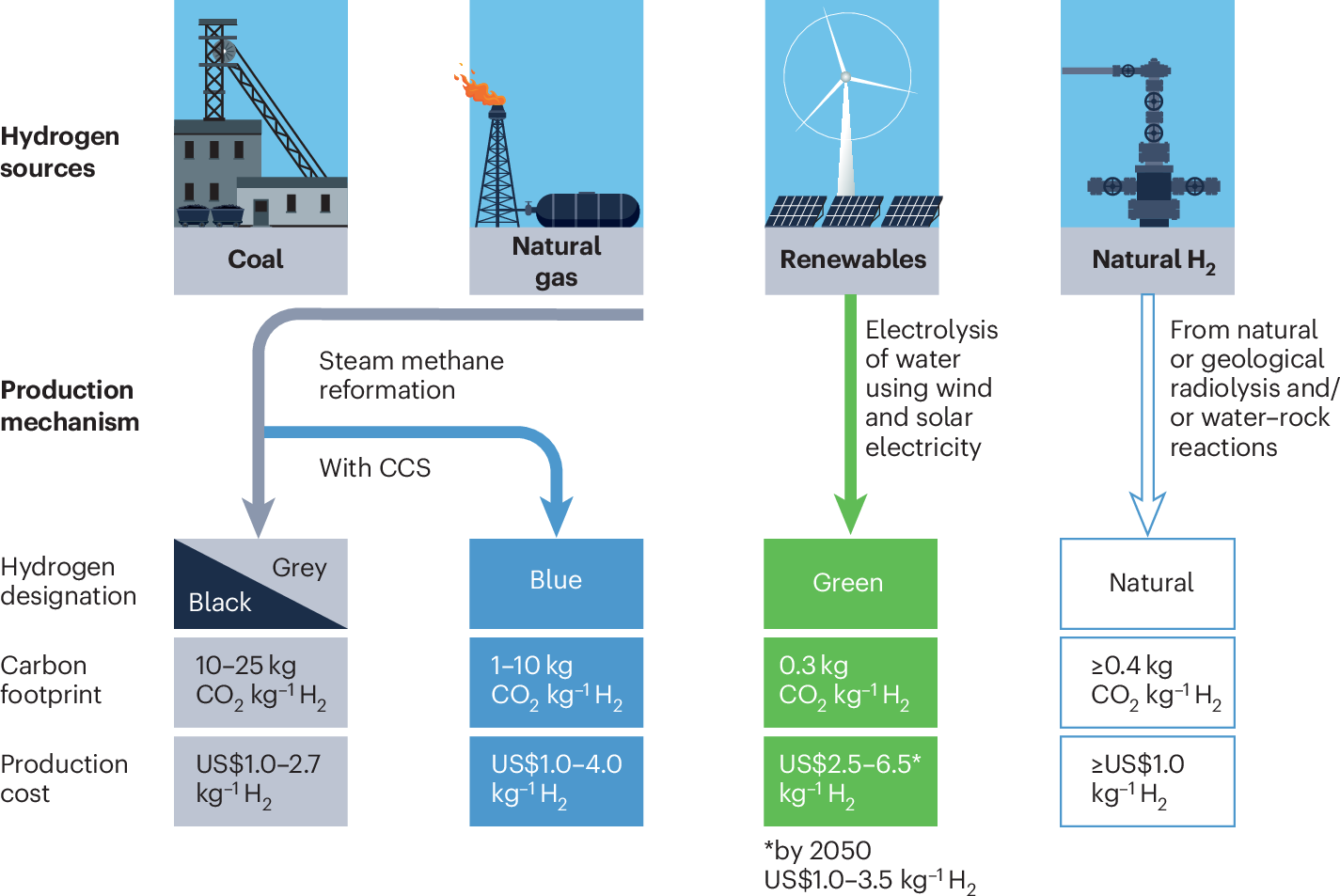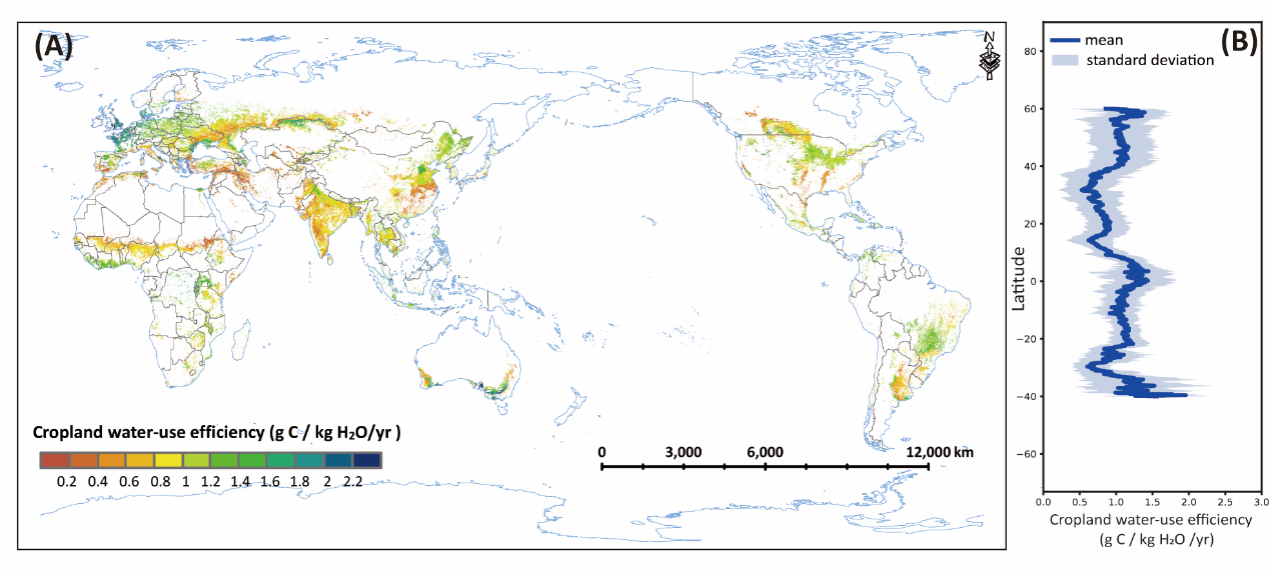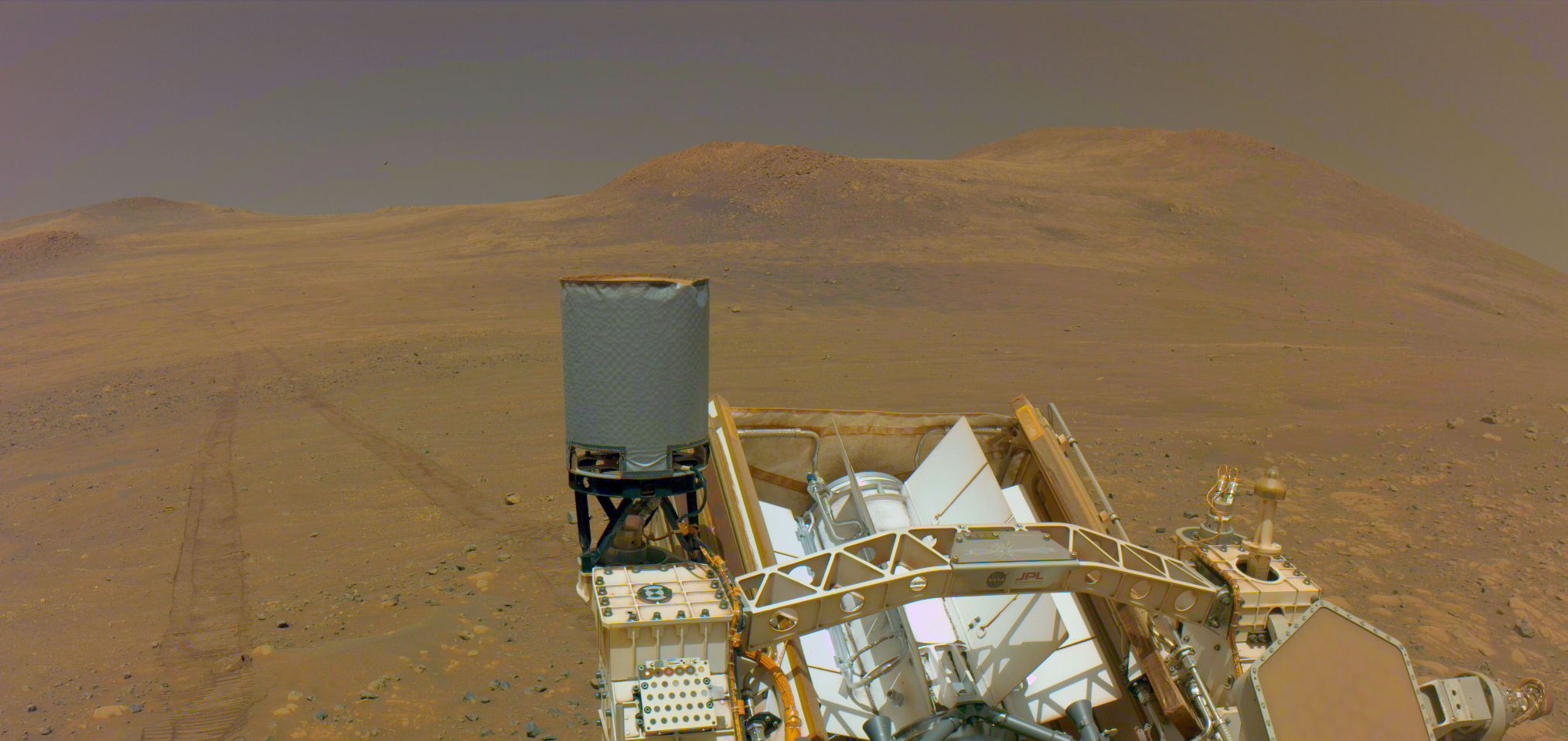2025-05-19 オックスフォード大学
<関連情報>
- https://www.ox.ac.uk/news/2025-05-19-scientists-define-ingredients-finding-natural-clean-hydrogen
- https://www.nature.com/articles/s43017-025-00670-1
大陸地殻における天然水素資源の蓄積 Natural hydrogen resource accumulation in the continental crust
Chris J. Ballentine,Rūta Karolytė,Anran Cheng,Barbara Sherwood Lollar,Jon G. Gluyas & Michael C. Daly
Nature Reviews Earth & Environment Published:13 May 2025
DOI:https://doi.org/10.1038/s43017-025-00670-1

Abstract
Naturally occurring hydrogen accumulations could be an important source of clean hydrogen for hard-to-abate industry use and energy, but societally important reserves have yet to be proven. In this Review, we explore the conditions that enable the development of natural hydrogen resources in the geological subsurface, by examining the processes of hydrogen generation, migration, accumulation and preservation. Natural hydrogen is generated within the continental crust by two key mechanisms, water–rock reactions where Fe2+, dominantly in ultramafic rocks, is oxidized to Fe3+, and by radiolysis of water via radioactive elements U, Th and K found in upper-crustal rocks. These two generation reactions operate on very different timescales, ranging from thousands to millions of years for water–rock reactions in highly fractured rocks, to tens to hundreds of millions of years for water-limited water–rock and radiolysis reactions. Different globally widespread terrane types have the potential for hydrogen accumulations: continental margin ophiolite complexes, alkaline granite terranes, large igneous provinces, and Archaean greenstone belts and tonalite–trondhjemite–granodiorite granitic batholiths. Exploitation of natural hydrogen would have a low-carbon footprint, but continental systems do not provide a regenerating system on decadal to centennial timescales, and should not be considered a renewable resource. Calculating hydrogen generation by water–rock reactions is subject to more uncertainty than radiolysis reactions, but improving these estimates should be a priority for future research.



